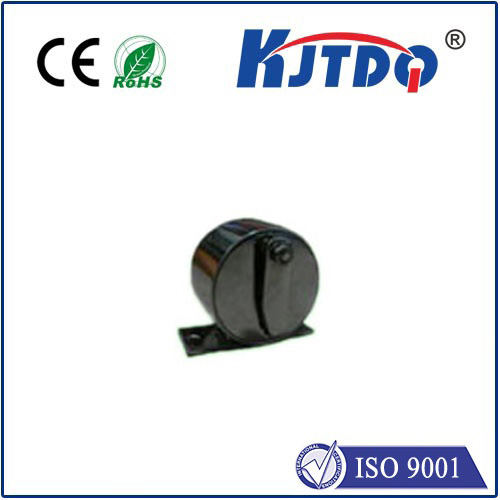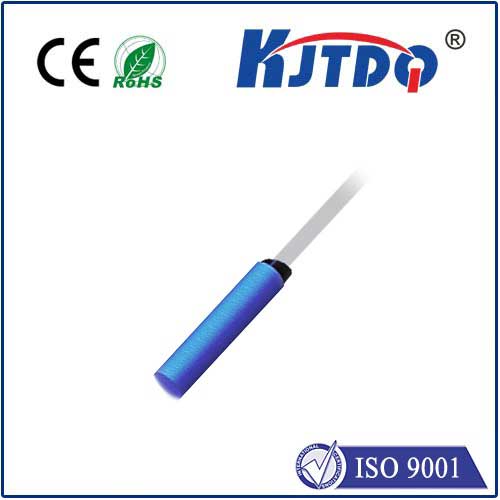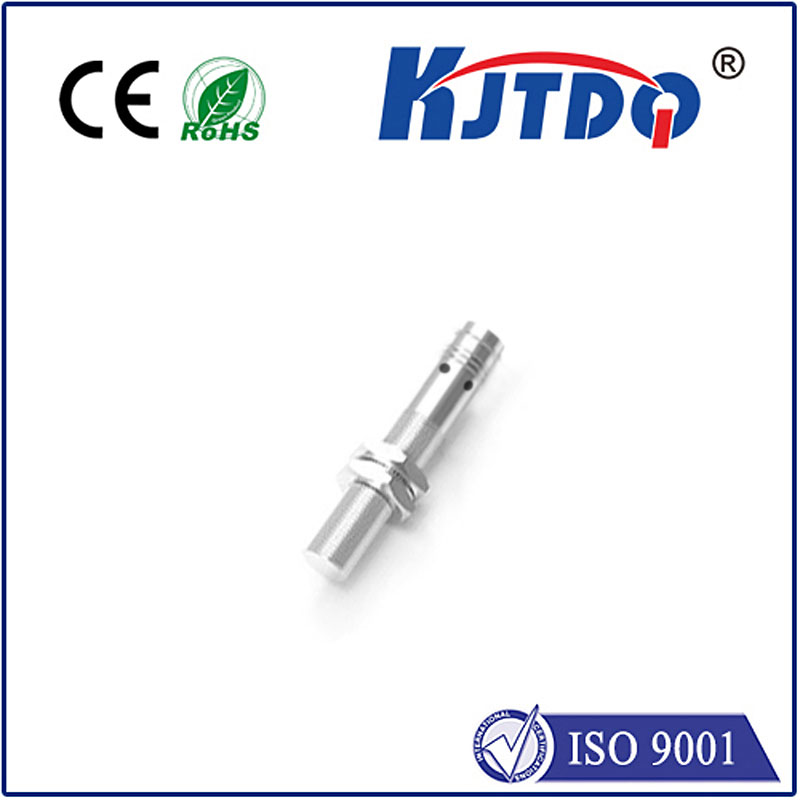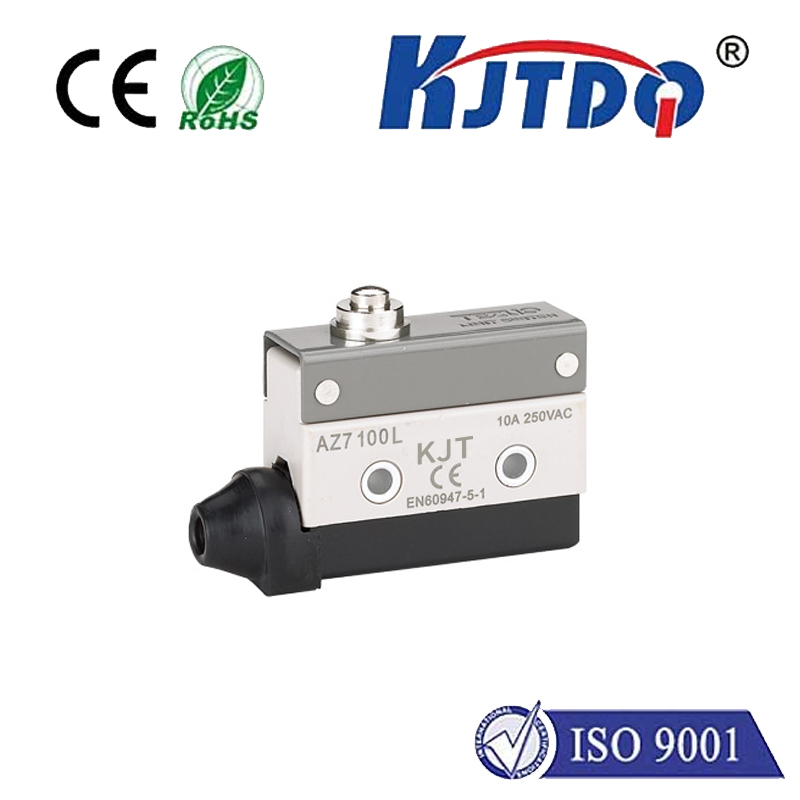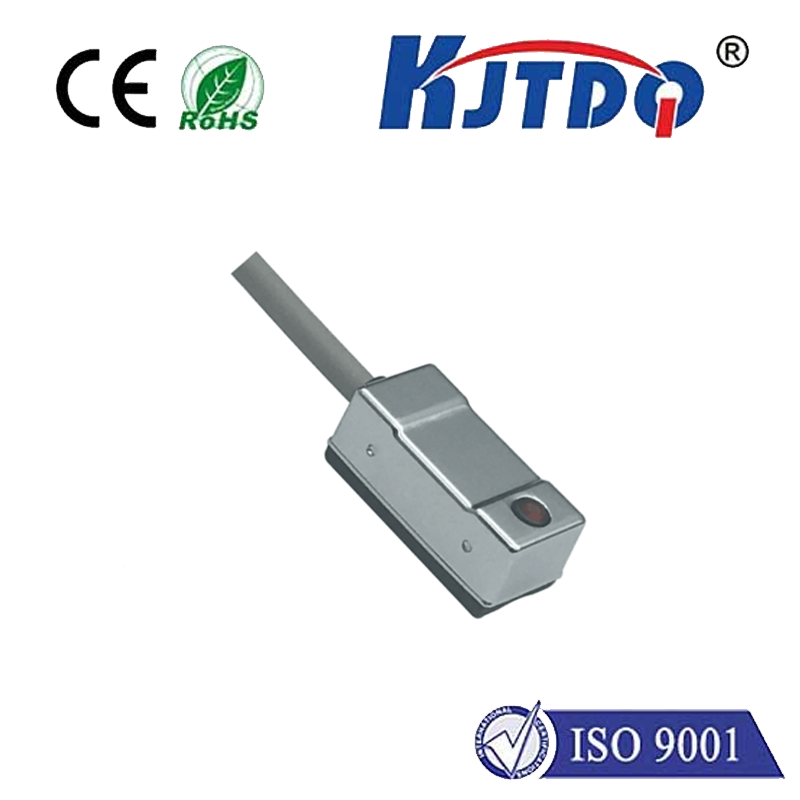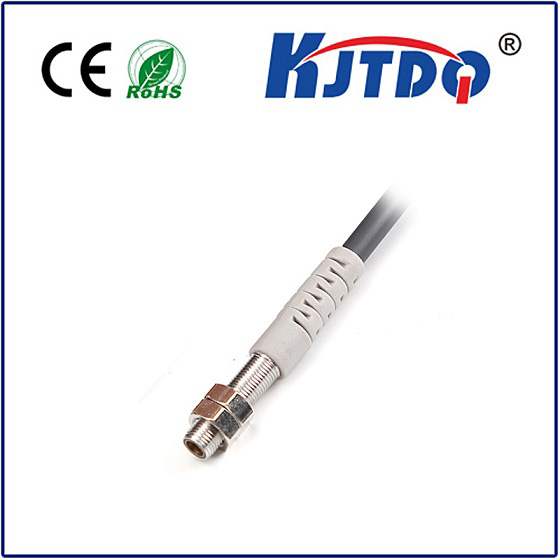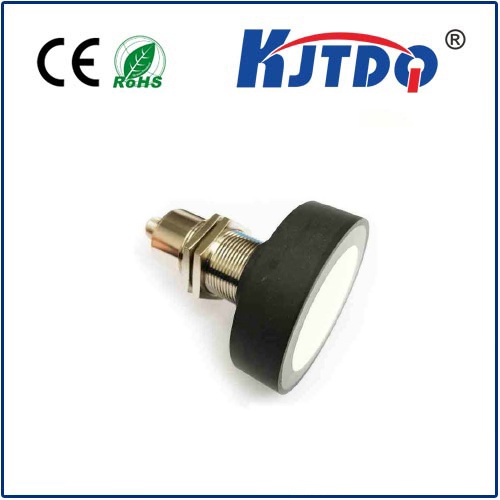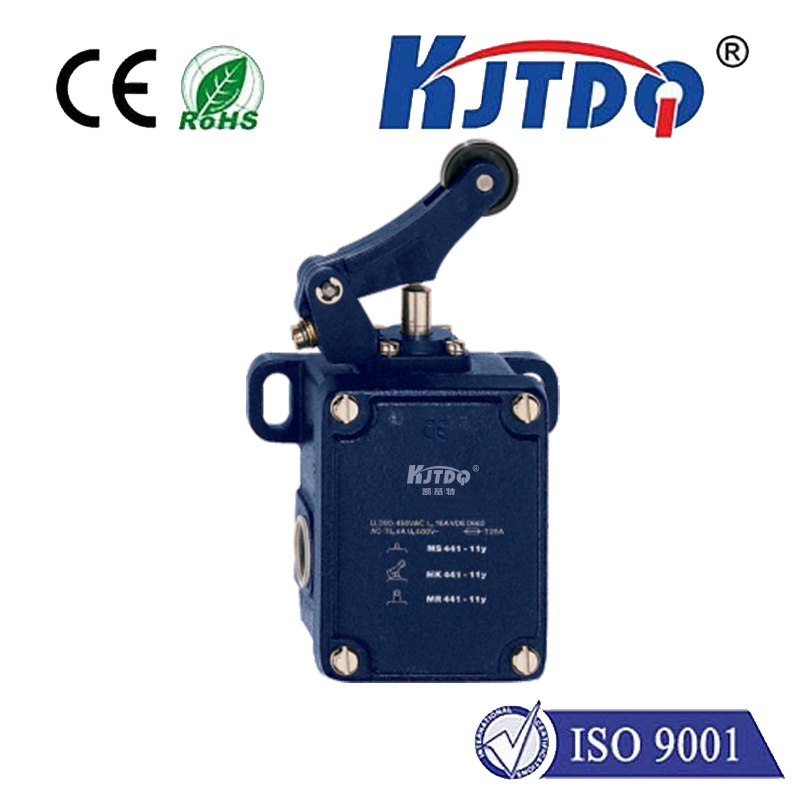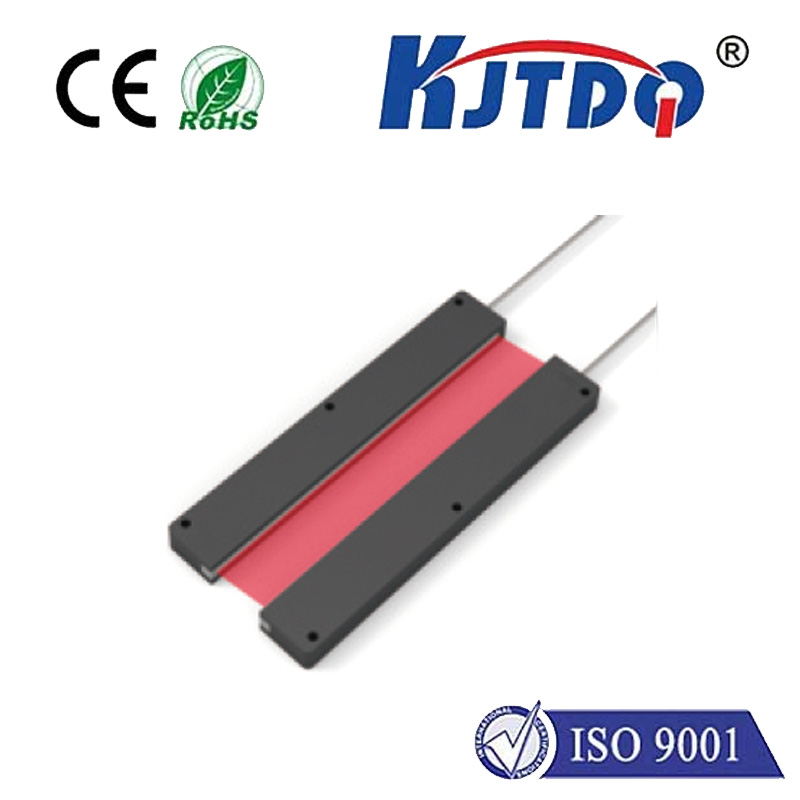Датчик приближения IP
- time:2025-07-12 03:24:09
- Нажмите:0
IP Proximity Sensors: The Eyes of Connected Security & Automation
Ever left your keys behind only to have your phone chime a reminder? Or watched a warehouse robot glide effortlessly, avoiding collisions? At the heart of these smart interactions often lies a critical, yet unassuming technology: the IP proximity sensor. But what elevates this sensor beyond its basic counterparts? The magic is in the “IP” – signifying its direct integration into Internet Protocol networks, transforming simple presence detection into a cornerstone of intelligent systems.
Understanding the Core: Proximity Meets Connectivity
At its foundation, a proximity sensor detects the presence or absence of an object within a specific range without physical contact. Common types include:
- Inductive Sensors: Detect metallic objects using electromagnetic fields. Ideal for harsh industrial settings.
- Capacitive Sensors: Detect a wider range of materials (metals, liquids, plastics, wood) by measuring capacitance changes. Useful for level detection or non-metal object presence.
- Ultrasonic Sensors: Emit sound waves and measure their echo return time to calculate distance and detect objects, effective even in dusty or foggy environments.
- Photoelectric Sensors: Use light beams (visible, infrared, laser) interrupted by an object to detect presence. Versatile for various object types and longer ranges.
The revolutionary leap comes with “IP-enabled” or “networked” proximity sensors. These devices incorporate an IP stack, meaning they possess a unique network address and communicate directly over standard Ethernet or Wi-Fi networks, transmitting their detection data in real-time. This connectivity is the key differentiator.

Why IP? The Compelling Advantages
Integrating proximity sensing with IP networking unlocks transformative benefits:
- Real-Time Remote Monitoring & Control: Location and status data from IP proximity sensors are instantly accessible from anywhere with network access. Security personnel can monitor door/window contacts across a campus from a central console. Facility managers can track equipment status on a factory floor without physical checks.
- Centralized Data Aggregation & Intelligence: Data from numerous sensors across a facility flows into centralized management platforms (Building Management Systems - BMS, Security Information and Event Management - SIEM, IoT platforms). This aggregation enables powerful analytics, revealing patterns, predicting maintenance needs, or automating complex responses.
- Simplified Installation & Scalability: Leveraging existing IP infrastructure (Ethernet cables, Wi-Fi) significantly reduces wiring complexity and cost compared to traditional analog or proprietary bus systems. Adding new sensors is often as simple as connecting them to the network and configuring them. This Plug-and-Play nature facilitates easy system expansion.
- Enhanced Automation Logic: IP proximity sensors become intelligent triggers within broader automated workflows. Detecting a vehicle at a gate? The IP proximity sensor signals the barrier to lift. Sensing an operator near dangerous machinery? It can trigger speed reduction protocols or safety warnings. Sensing an empty conference room? It can signal the HVAC system to reduce cooling.
- Rich Diagnostic Information: Networked sensors often provide more than just “on/off” status. They can relay diagnostic data like signal strength, internal temperature, or operational health, enabling predictive maintenance and reducing downtime before failures occur.
Critical Applications: Where IP Proximity Sensors Excel
The synergy of proximity detection and network intelligence makes these sensors invaluable:
- Physical Security & Access Control: Monitoring door/window positions, detecting tailgating at secure entries, verifying rack cabinet security, sensing vehicle presence at gates or barriers.
- Industrial Automation & Machinery Safety: Ensuring operator presence in safe zones before machines operate, detecting workpiece position on assembly lines, triggering robotic actions based on object arrival (pick-and-place), safeguarding automated guided vehicles (AGVs).
- Smart Building Management: Automating lighting and HVAC based on room occupancy detected by IP proximity sensors, optimizing energy use. Monitoring resource usage (e.g., paper towel dispensers, trash compactors) for efficient replenishment.
- Logistics & Asset Tracking: Detecting pallet presence on racks, monitoring the opening of storage containers or trailers, tracking the movement of equipment within designated zones.
- Retail Analytics & Customer Experience: Sensing customer approaches to displays (triggering content or lighting), monitoring queue lengths, detecting product removal from smart shelves.
Choosing the Right IP Proximity Sensor: Key Considerations
Selecting an appropriate sensor requires evaluating several factors:
- Detection Principle: What material(s) need detection? (Inductive for metal, Capacitive for broader range, Ultrasonic for distance/non-contact, Photoelectric for light beam interruption).
- Range & Sensing Distance: How far away does the target object need to be detected?
- Environment: Will the sensor be exposed to extreme temperatures, dust, moisture (look at IP ratings), vibration, or electromagnetic interference?
- Network Requirements: Ethernet (PoE capability desirable for single-cable power+data), Wi-Fi, or specialized industrial protocols (Modbus/TCP)? What are the bandwidth and latency needs?
- Output & Integration: What data format is needed? Simple on/off status over MQTT, richer data via HTTP API, integration with specific platforms (BACnet, KNX, OPC UA)?
- Cybersecurity: Crucially, ensure the sensor supports robust security features like encryption (TLS/SSL), secure authentication, and regular firmware update capabilities. Network segmentation is also vital.
The Future is Connected and Perceptive
IP proximity sensors represent a fundamental evolution from isolated detection devices to integral components of the networked physical world. By providing real-time, actionable data on the presence and position of objects, they drive efficiency, enhance security, enable sophisticated automation, and unlock valuable operational insights. As IoT ecosystems mature and edge computing advances, the intelligence and responsiveness of these sensors will only deepen, solidifying their role as the essential “eyes” monitoring and interacting with our increasingly connected environments. Choosing wisely, with a focus on the right technology, robust networking, and stringent security, unlocks their full transformative potential.

